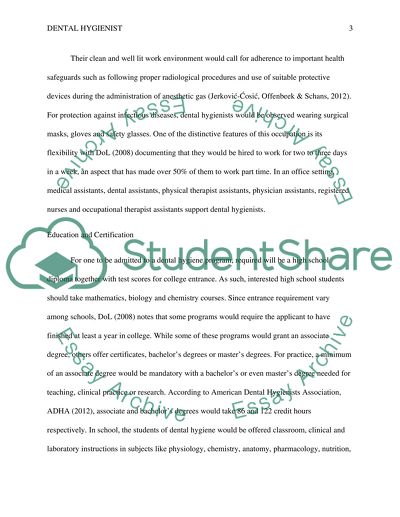Cite this document
(“Becoming a Dental Hygienist Research Paper Example | Topics and Well Written Essays - 1250 words”, n.d.)
Retrieved from https://studentshare.org/health-sciences-medicine/1470616-becoming-a-dental-hygienist
Retrieved from https://studentshare.org/health-sciences-medicine/1470616-becoming-a-dental-hygienist
(Becoming a Dental Hygienist Research Paper Example | Topics and Well Written Essays - 1250 Words)
https://studentshare.org/health-sciences-medicine/1470616-becoming-a-dental-hygienist.
https://studentshare.org/health-sciences-medicine/1470616-becoming-a-dental-hygienist.
“Becoming a Dental Hygienist Research Paper Example | Topics and Well Written Essays - 1250 Words”, n.d. https://studentshare.org/health-sciences-medicine/1470616-becoming-a-dental-hygienist.


